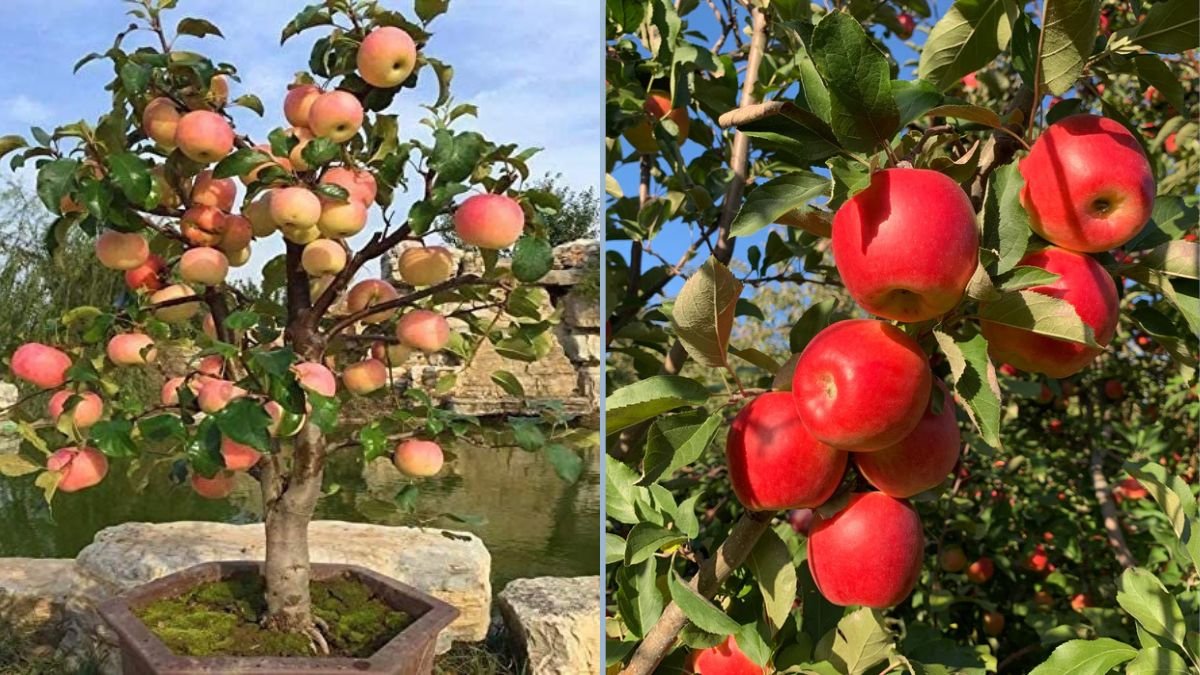Planting an Ambrosia apple tree is a rewarding way to enjoy sweet, crisp, and aromatic apples straight from your garden. Known for its juicy, honey-sweet flavor and striking red-and-yellow skin, the Ambrosia apple is perfect for fresh eating, baking, and sharing with family and friends. Whether you’re a beginner gardener or an experienced backyard orchardist, growing an Ambrosia apple tree can be both enjoyable and productive.
This guide will walk you through everything you need to know about selecting, planting, caring for, and harvesting an Ambrosia apple tree to ensure a healthy and fruitful addition to your garden.
Why Choose an Ambrosia Apple Tree?
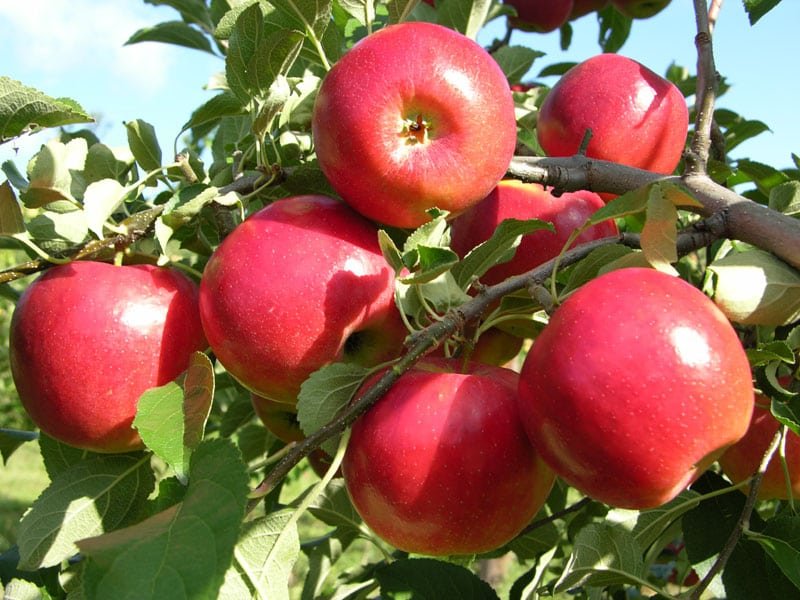
Ambrosia apples are highly regarded for their flavor, beauty, and reliability. Here’s why they make a great addition to your garden:
- Exceptional Flavor: Sweet, crisp, and juicy with a low-acid profile.
- Visual Appeal: Red-and-yellow skin makes them attractive both in the tree and at the table.
- Versatile Use: Ideal for fresh eating, salads, pies, and snacks.
- Reliable Production: Hardy and productive when properly cared for.
- Storage Friendly: Stores well, retaining sweetness and crispness for several months.
By planting an Ambrosia apple tree, you’re adding both beauty and productivity to your garden while enjoying delicious, homegrown fruit.
Selecting the Right Ambrosia Apple Tree
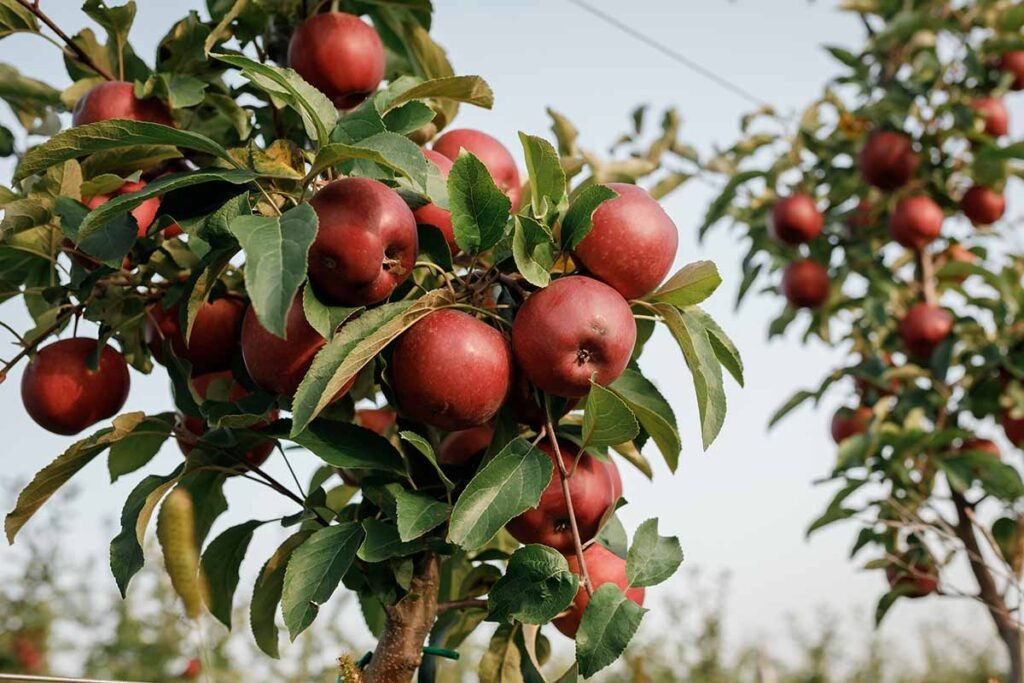
Choosing the right tree is the first step toward success.
1. Tree Type
- Bare-Root Trees: Sold during winter dormancy, they are affordable and establish well when planted in early spring.
- Container-Grown Trees: Available year-round, easier to plant, and reduce transplant shock.
2. Rootstock
The rootstock determines the tree’s size, growth rate, and suitability for your space:
- Dwarf Rootstock: 8–10 feet tall; perfect for small gardens or container planting.
- Semi-Dwarf Rootstock: 12–15 feet tall; ideal for medium-sized backyard orchards.
- Standard Rootstock: 18–25 feet tall; suitable for larger gardens or small orchards.
3. Pollination
Ambrosia apple trees are partially self-fertile, but planting another compatible apple variety nearby (such as Fuji, Gala, or Honeycrisp) improves fruit set and size. Bees are essential for effective pollination.
Choosing the Planting Site
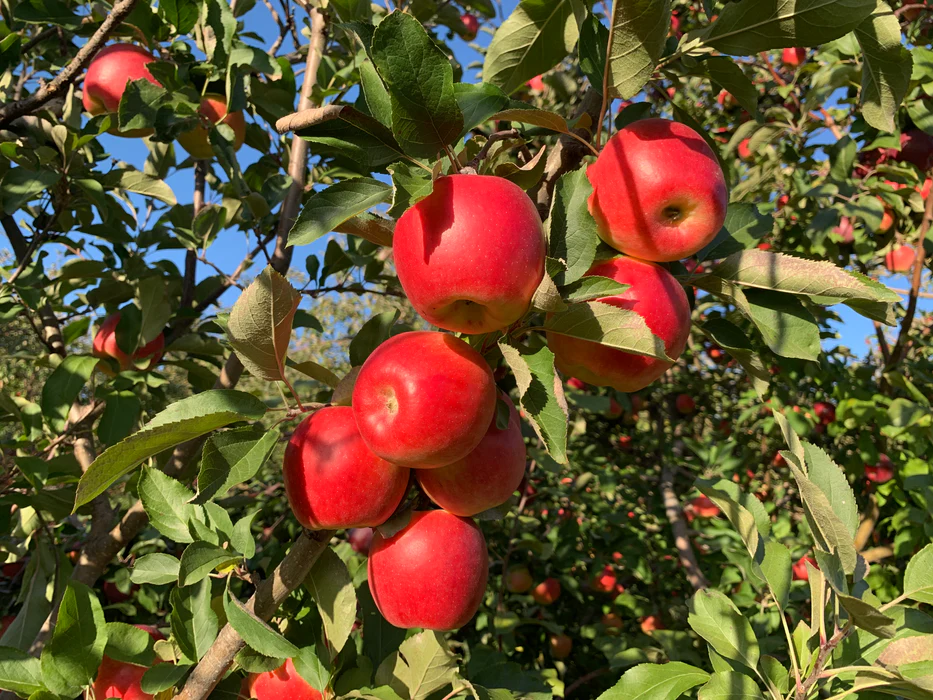
Selecting the proper location is critical for a healthy, productive tree.
1. Sunlight
- Ambrosia apple trees require 6–8 hours of direct sunlight daily.
- Adequate sunlight ensures sweetness, flavor, and fruit development.
2. Soil
- Well-draining, loamy soil is ideal.
- Soil pH: 6.0–7.0.
- Mix in compost or well-rotted manure to improve fertility and soil structure before planting.
3. Air Circulation
- Plant in open areas to reduce fungal disease risk, including apple scab and powdery mildew.
- Avoid low spots that accumulate frost or standing water, which can harm roots and young growth.
4. Spacing
- Standard trees: 18–25 feet apart
- Semi-dwarf: 12–15 feet apart
- Dwarf: 8–10 feet apart
Proper spacing ensures sunlight reaches all branches, improves airflow, and simplifies pruning and harvesting.
Planting Your Ambrosia Apple Tree
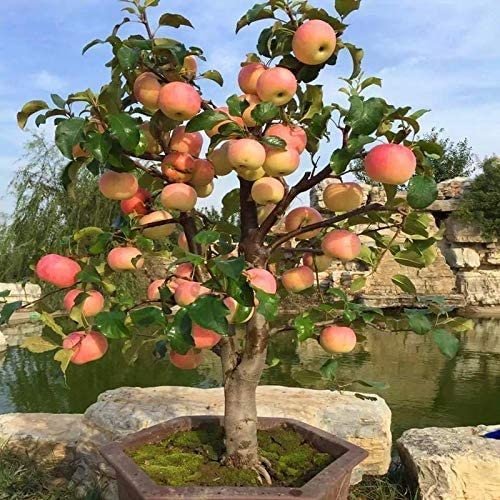
Planting correctly establishes a foundation for long-term health and productivity.
Step 1: Dig the Planting Hole
- Dig a hole twice the width of the root ball and slightly deeper than the roots.
- Loosen soil at the bottom to encourage root expansion.
Step 2: Position the Tree
- Place the tree in the hole with the graft union a few inches above soil level.
- Spread roots evenly and backfill with a mix of native soil and compost.
- Firm soil gently to eliminate air pockets.
Step 3: Watering and Mulching
- Water thoroughly to settle the roots.
- Apply 2–3 inches of mulch around the base to retain moisture and suppress weeds.
- Keep mulch a few inches away from the trunk to prevent rot.
Step 4: Staking
- Young trees may require staking for stability, particularly in windy areas.
- Remove stakes after one growing season once the trunk has strengthened.
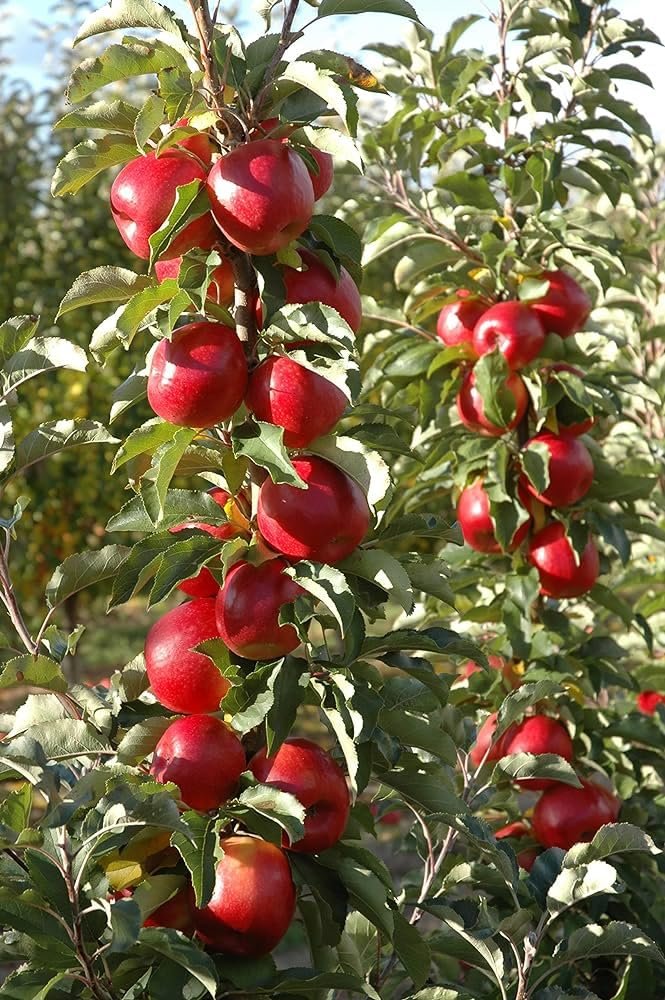
Caring for Your Ambrosia Apple Tree
Proper care is crucial for tree health and fruit production.
1. Watering
- Young trees: Water 2–3 times per week to establish roots.
- Mature trees: Deep watering once a week, more frequently during dry periods.
- Mulching helps maintain moisture and soil temperature.
2. Fertilizing
- First-year trees: Light fertilization for root development.
- Second year onward: Apply balanced fertilizer (10–10–10 NPK) in early spring.
- Avoid excess nitrogen, which encourages leafy growth at the expense of fruiting.
3. Pruning
Pruning encourages proper structure, airflow, and fruiting.
Dormant Pruning
- Conduct in late winter before buds break.
- Remove dead, damaged, or crossing branches.
- Maintain a central leader or open-center structure.
Summer Pruning
- Optional light pruning removes vigorous shoots.
- Helps direct energy to fruit-bearing branches.
Pollination and Flowering
- Ambrosia apple trees bloom in spring, producing fragrant white blossoms.
- Planting a compatible apple variety nearby enhances cross-pollination and fruit set.
- Avoid pesticide application during bloom to protect bees and other pollinators.
Pest and Disease Management
Even home garden apple trees require monitoring.
Common Pests
- Aphids
- Codling moth
- Spider mites
Common Diseases
- Apple scab
- Powdery mildew
- Fire blight
Preventive Measures:
- Prune for airflow and sunlight penetration.
- Remove fallen leaves and fruit to reduce fungal buildup.
- Apply organic sprays like neem oil or horticultural soap when necessary.
Thinning Fruit for Quality
- Thin fruit clusters to 1–2 apples per cluster.
- Prevents branch stress and encourages larger, sweeter fruit.
- Sunlight reaches all fruit for even ripening and improved color.
Harvesting Ambrosia Apples
- Ambrosia apples typically ripen in late September to early October, depending on your local climate.
- Signs of readiness:
- Firm, crisp texture
- Golden-yellow base with red blush
- Sweet aroma
- Easy detachment from the branch
- Harvest carefully to avoid damaging branches.
- Ambrosia apples are excellent for fresh eating, salads, pies, and long-term storage, as flavor improves after a few weeks.
Container Growing Ambrosia Apple Trees
- Dwarf Ambrosia trees thrive in large containers, ideal for patios or small gardens.
- Use pots 18–24 inches in diameter with drainage holes.
- Fill with nutrient-rich soil mixed with compost and perlite.
- Water regularly, as containers dry faster than in-ground trees.
- Prune to maintain size and encourage flowering and fruiting.
Container planting allows even small spaces to enjoy productive apple trees.
Additional Tips for a Thriving Orchard Tree
- Monitor Growth: Inspect for pests, diseases, and nutrient deficiencies regularly.
- Mulch Annually: Helps retain moisture and regulate soil temperature.
- Support Young Trees: Stake to prevent wind damage.
- Practice Patience: Ambrosia apple trees may take 2–4 years to produce a full harvest.
- Enjoy the Process: Gardening is rewarding. Watching your tree grow and produce fruit is a satisfying experience.
Conclusion
Planting an Ambrosia apple tree is a rewarding project for any home gardener. By selecting a healthy sapling, choosing the right location, and providing consistent care—including watering, fertilization, pruning, and pest management—you can grow a strong, productive tree that delivers delicious, sweet apples for years.
Even in a small garden, an Ambrosia apple tree can thrive, offering beautiful fruit and a sense of accomplishment. With attention, patience, and proper care, your tree will provide fresh, homegrown Ambrosia apples, perfect for eating, cooking, or sharing, bringing the taste and charm of an orchard to your backyard.
